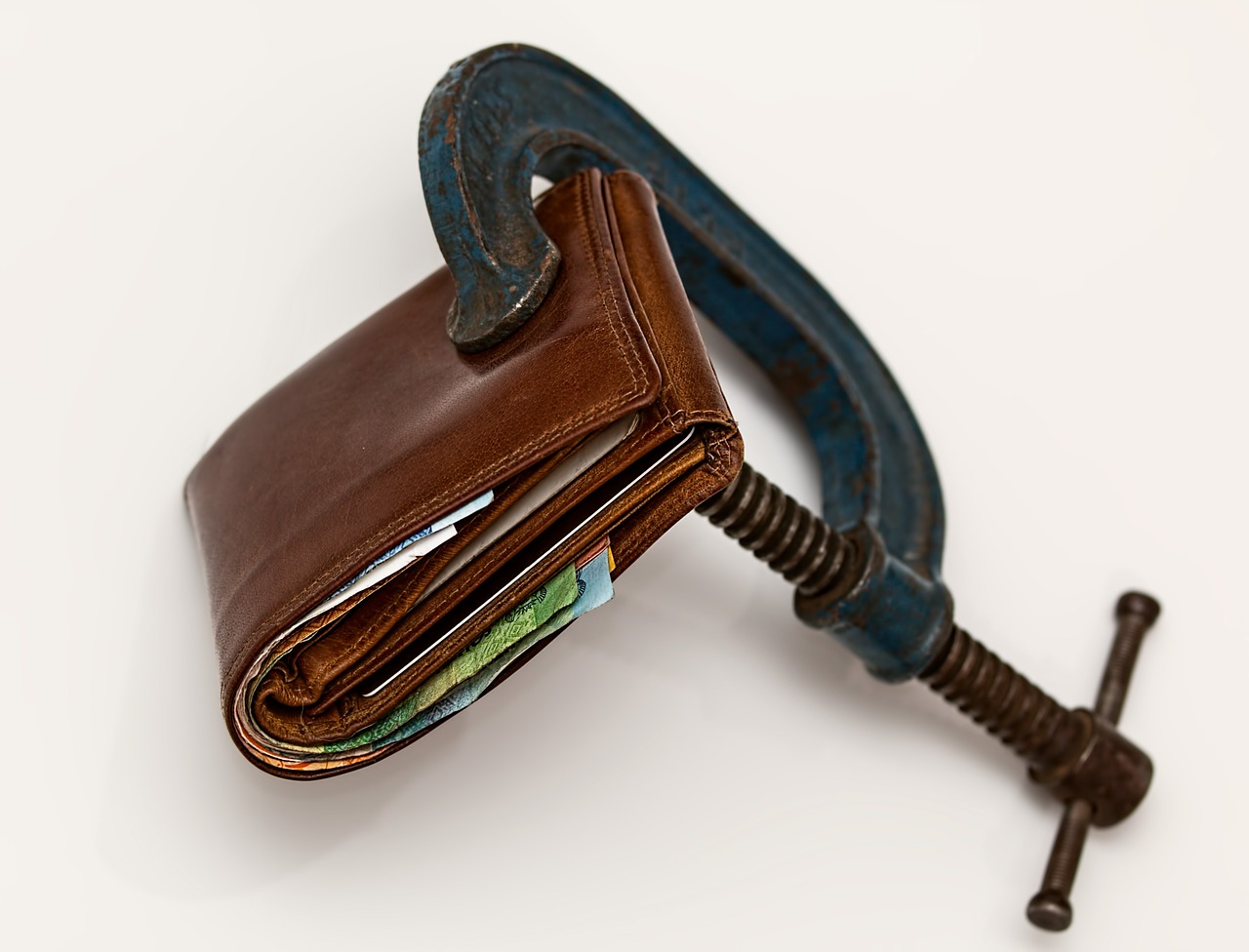All people, regardless of how much money they make, struggle with how to divide each paycheck in a way that works for them. Sometimes, once you pay the bills, there isn’t any money left over for anything else, whether it is saving or having fun. In these cases, you are not living within your means and need to find a way to either reduce bills or make additional money.
A person with good financial management skills can live within his or her means. This person can pay bills and save money, while also stockpiling some additional funds for relaxation each month. The question is, how much money should go into savings each month and what is the ideal amount to spend on bills?
If you speak to five different financial experts about these questions, you are likely to get five different answers. However, by improving your financial literacy and examining the philosophies of several budget gurus, you can more easily identify the plan that seems to fit best with your lifestyle.
Elizabeth Warren’s 50-30-20 Rule

Elizabeth Warren | Image courtesy Tim Pierce | Flickr
One of the simplest rules for divvying up a paycheck is the method proposed by Massachusetts Senator Elizabeth Warren, and it has gained backing from several financial professionals for its easy and effective approach to money management. The 50-30-20 rule creates guidelines for how much of your paycheck you should be spending on various items. Importantly, these figures are for after-tax income. When you begin dividing your whole salary according to these rules, you will run into trouble because of health insurance, 401k accounts, taxes, and other deductions.
In the 50-30-20 rule, the largest chunk (50 percent of your take-home pay) is assigned to “needs,” or things without you simply cannot live. These expenses include rent payments, mortgages, car payments, insurance, food, and utilities. Generally speaking, these necessary expenses should not exceed 50 percent of your total take-home pay. If more money is going toward necessities, you need to think about whether your expense is truly necessary or think of ways to earn more money.
The next category (30 percent of your take-home pay) goes toward “wants.” This category includes expenditures that are not necessary for daily living, such as eating out, buying designer clothes, or going to a concert. You need to be careful that you do not mistake a luxury for a need. For example, a cell phone plan may fall under the “need” category, but unlimited texting or data may be more of a “want.”
The final category is for the remaining 20 percent of gross income. You should funnel this money into savings accounts or use it to pay down debt. You might also want to place the money in various accounts for tuition savings, housing down payments, retirement, or emergencies. Also, any payments on debts above the minimum payment should come from this category.
Jean Chatzky’s Approach
Another acclaimed philosophy for dividing up a paycheck comes from personal finance expert Jean Chatzky, who argues that about a third of your gross income should go toward housing, which is the most basic need. This category of spending not only includes rent and mortgage payments, but it also covers maintenance, insurance, and taxes on those properties.
With housing taken care of, the next largest concern is transportation, which should be about 10 to 15 percent of your gross income. Again, this category includes car payments, but it also encompasses gasoline and insurance. When you do not add these additional expenses, you can run into problems. For some people, this category may go up to 20 percent of your gross income, depending on their personal needs and circumstances.
Chatzky also accounts for entertainment spending, which should be about 15 percent of your take-home pay. This category also covers clothes and other miscellaneous expenses that do not fit well into other groups. The Credit Counseling Society has further broken down this chunk with a recommended 3 percent for medical expenses, 5 percent toward clothing, and the rest allotted to discretionary spending. Food should account for 10 to 20 percent of your total spending, and utilities typically take about 5 percent.
In terms of saving and paying down debt, Chatzky advises directing 5 percent to each category, but these numbers are obviously flexible depending on your specific circumstances.
Personalizing Spending Breakdowns
Neither one of the breakdowns outlined above is necessarily better than the other. The Warren model has a bit more flexibility, so people who have trouble dividing their expenses into specific categories may want to look more closely at Chatzky. What makes both of these tools powerful, however, is that they are customizable and according to your personal circumstances. You should view the percentages as a rule of thumb rather than a set guide.
These tools can be especially helpful for determining where you are spending too much money. For example, if your mortgage payment alone accounts for 50 percent of your gross income, then it may be time to look for a roommate. Similarly, if food is 40 percent of your spending, you might need to look into purchasing items in bulk or simplifying your grocery lists. If food is important, however, then maybe you can shift money allotted for entertainment into the food category to account for the increased spending.


